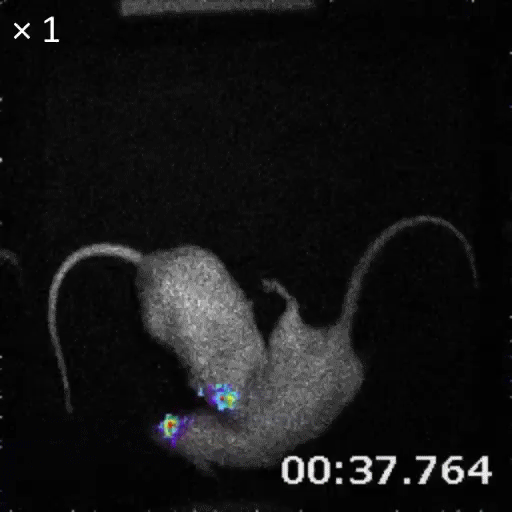
In living color: imaging the brain with synthetic bioluminescence
A new way to image the brain from outside the head using bioluminescence.

A new way to image the brain from outside the head using bioluminescence.
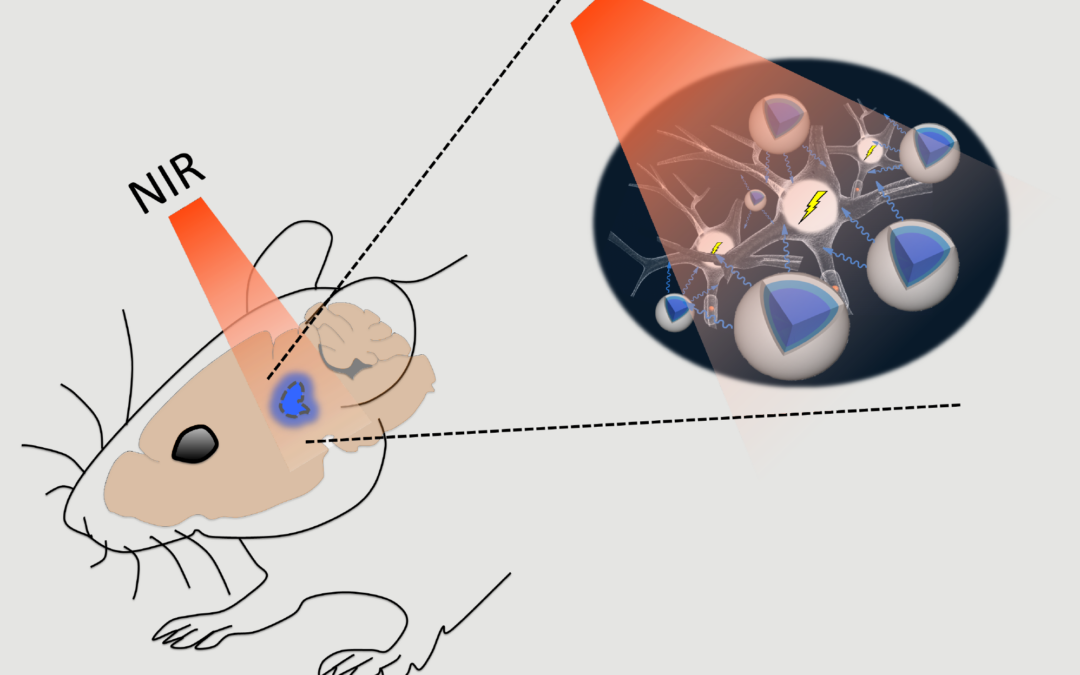
A new way to optogenetically activate neurons deep in the brain using infrared light and upconversion nanoparticles. It’s non-invasive!
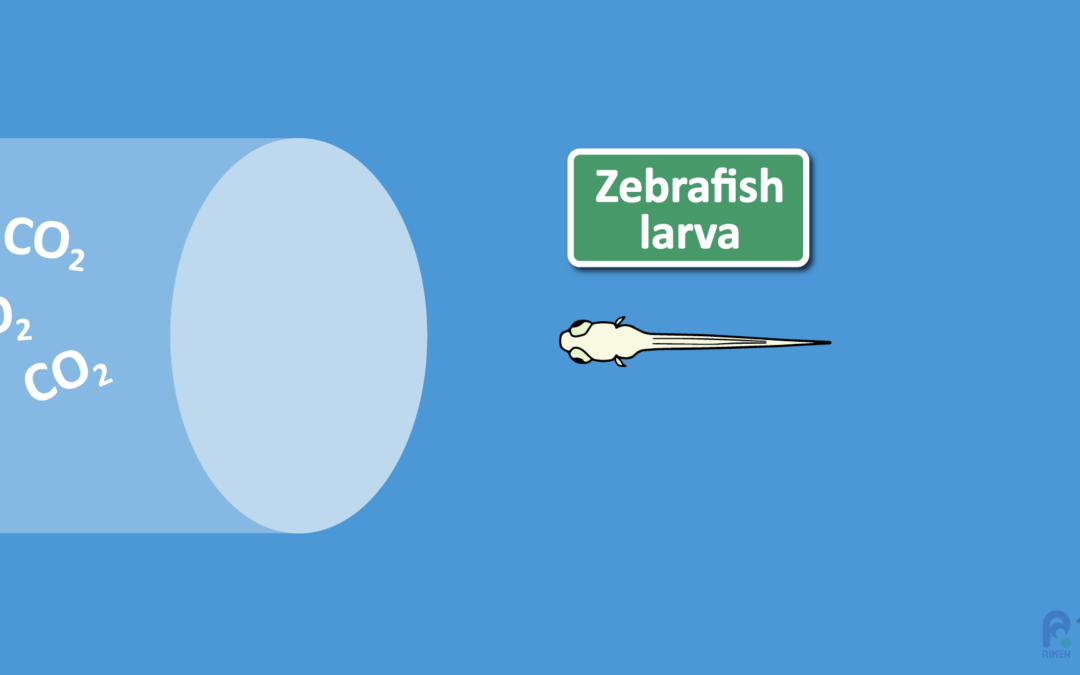
Even fish want to avoid carbon dioxide. Now we know that they can because of chemosensation and the Terminal Nerve.
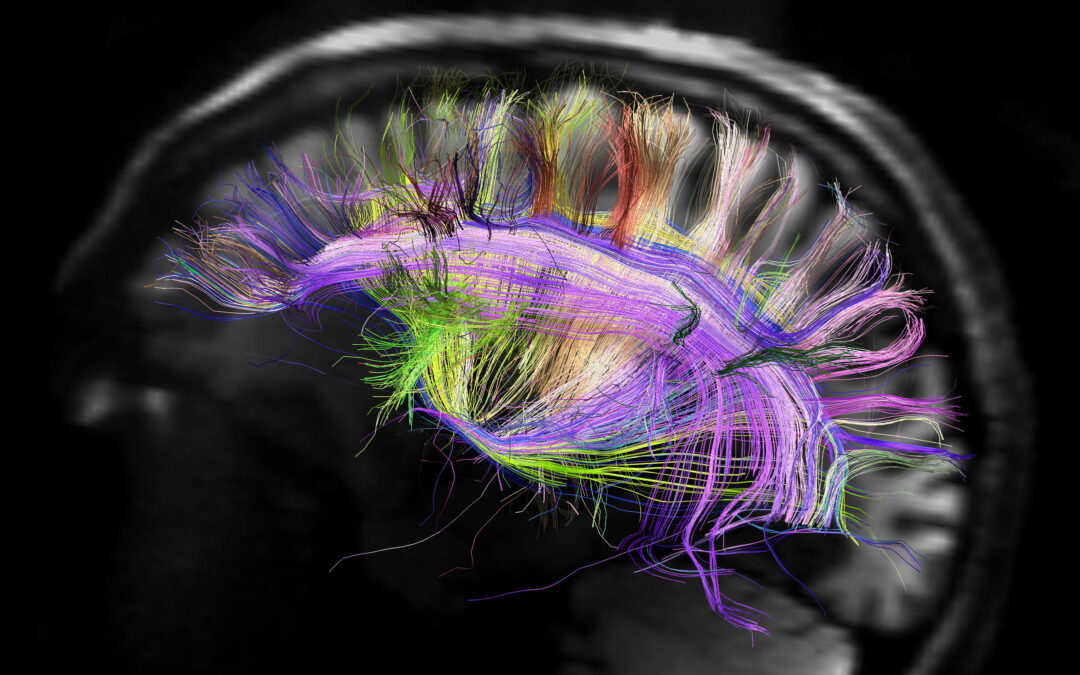
Bar talk about tinkering with bioluminescent molecules from jellyfish, corals, and algae, figuring out how they work, and making them more useful for brain science.
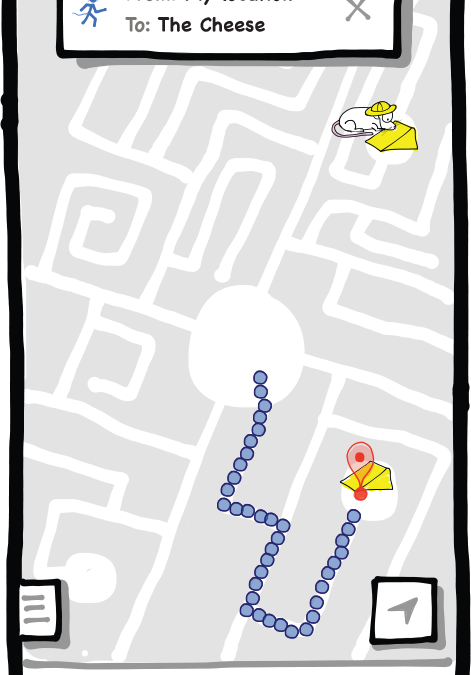
In addition to encoding self location, brain cells in the rat hippocampus act like a GPS that encodes the location of other rats.

Rhythmic sniffing boosts phase-coded neuronal signals in the mouse olfactory bulb that allow odors to be identified.